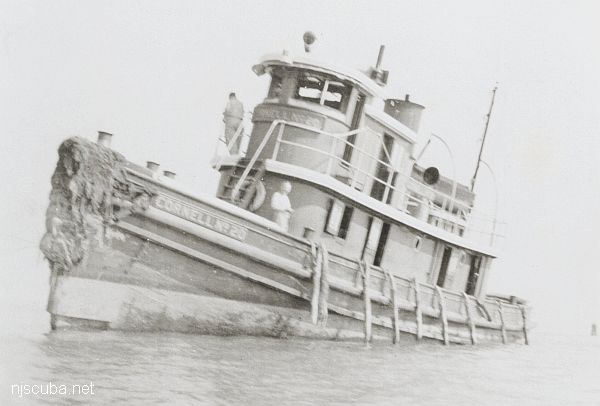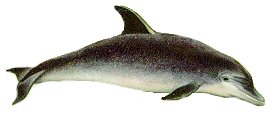Glen II

- Type:
- shipwreck, tugboat
- Specs:
- ( 83 ft ) 68 tons
- Sunk:
- Saturday January 31, 1953
- Depth:
- 80 ft
from AWOIS: 1588
NM 7/53 -- LTD WK BUOY ESTABLISHED TO MARK WRECK OF A TUG IN 78 FT OF WATER WITH 38 FT OF WATER OVER IT; IN PA LAT 40-25-25N, LONG 73-54-01W.
H10224/86 -- OPR-C121-WH-86; WRECK WAS LOCATED, 191M SE OF SUNKEN WRECK RAMOS; 55-60 FT WRECK IN AT LEAST TWO SECTIONS ON A SILT BOTTOM; METAL CROWS NEST WITH METAL RUNGS COLLAPSED ON TOP OF WHEELHOUSE; STANDING 10-14 FT OFF THE BOTTOM; PART OF MAIN MAST STILL BRACED TO UPPER WHEELHOUSE; WHEELHOUSE SUPERSTRUCTURE STOOD 8-10 FT ABOVE THE MAIN DECKING; MAIN PROPULSION SHAFT, 1 1/2-2 FT IN DIAMETER, FOUND AFT OF DEBRIS AT END OF SITE; PART OF THE TRANSOM WAS INTACT WITH A SINGLE 8 FT 3-BLADE PROPELLER FOUND AT THE STERN; THREE WOODEN BEAMS CLUSTERED TOGETHER STANDING 4-5 FT OFF THE BOTTOM AT A 45 DEGREE ANGLE AT THE SOUTHERN END OF WRECK; BOW STEM STANDING 6 FT ABOVE THE BOTTOM; BOW BROKEN OFF; APPROXIMATELY 14 FT REMAIN INTACT; STEEL HULLED WITH DETERIORATED WOOD DECKING; PNEUMATIC DEPTH GAUGE LEAST DEPTH OF 67 FT.; (UPDATED MSD 4/91)
24 NO.1025; TUG; SUNK BY MARINE CASUALTY; POSITION ACCURACY WITHIN 1 MILE; LEAST DEPTH 49 FT. (FE101)


Questions or Inquiries?
Just want to say Hello? Sign the .